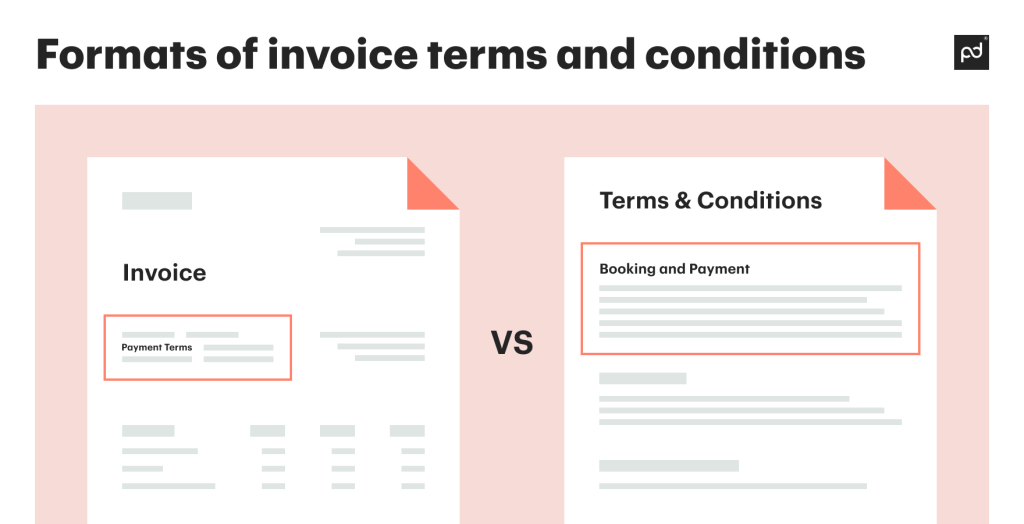 types of formats of invoice terms and conditions" width="1024" height="524" />
types of formats of invoice terms and conditions" width="1024" height="524" />If you’ve been on the internet long enough researching invoices, the one common element you’ve likely found while clicking links is that your invoices should have payment terms (also referred to as “payment terms and conditions”).
The logical question you may very well have asked yourself after this is, “What on earth are invoice payment terms and conditions?”
So, here’s the short answer: They are terms of payment a seller puts on an invoice (yes, we know you got that from the title, so the short answer is just that: short!).
TL;DR: Payment terms (“invoice terms and conditions”) is essentially a list of terms you mention about how you’d like to get paid. For example, do you expect to receive payment in 7 days? Do you expect payment by check? Do you have late fees? Etc.
If you’re seeking a longer, more comprehensive answer, you need look no further than reading this article, because we’ve got it all covered. Sounds good? Let’s get on with it!
Suppose you’re part of the accounts department in a company.
You’re living your best accountant life, filing away financial documents, being on top of bookkeeping, networking with colleagues, and so forth.
Suddenly, one fine day, you get an invoice from a vendor — it only has their billing address, invoice date, the list of tasks they did, and the total amount due.
You’ve got thousands of tasks on your to-do list, and so you think maybe you’ll get to the invoice at the end of the week —- no worries, right? Right?
Well, as it turns out, the invoice required immediate payment, and now you have to process an additional late fee along with the invoice amount.
This sounds like a lose-lose situation for all parties.
The client has to pay an additional amount, and the vendor has to wait for extra days to be paid, even though they had a contract stipulating that there should be no late payment.
So, what can be done to negate this situation entirely? Well, you can add payment terms.
When we speak of payment terms and conditions, there are two types of formats one can refer to.
 types of formats of invoice terms and conditions" width="1024" height="524" />
types of formats of invoice terms and conditions" width="1024" height="524" />
The first format is short and sweet. It lists down the basic stuff, such as the payment due date, late fee charges (if any), and what kind of payment methods (e.g., cash on delivery, credit card, check) you prefer. It looks something like this:
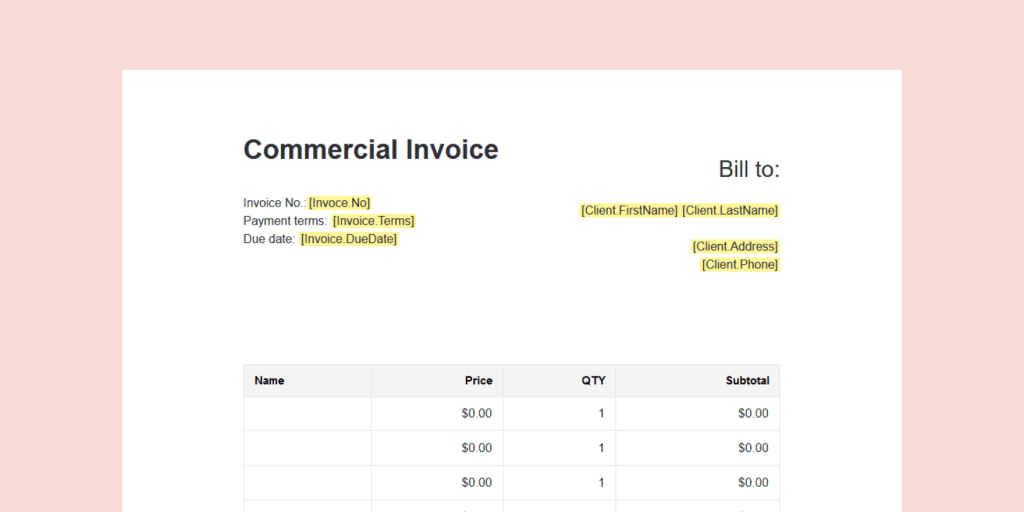
While not compulsory, these payment terms are usually at the beginning of the invoice.
The other format is more lengthy by comparison.
These terms and conditions basically list down the essential parts of a contract and look something like this:
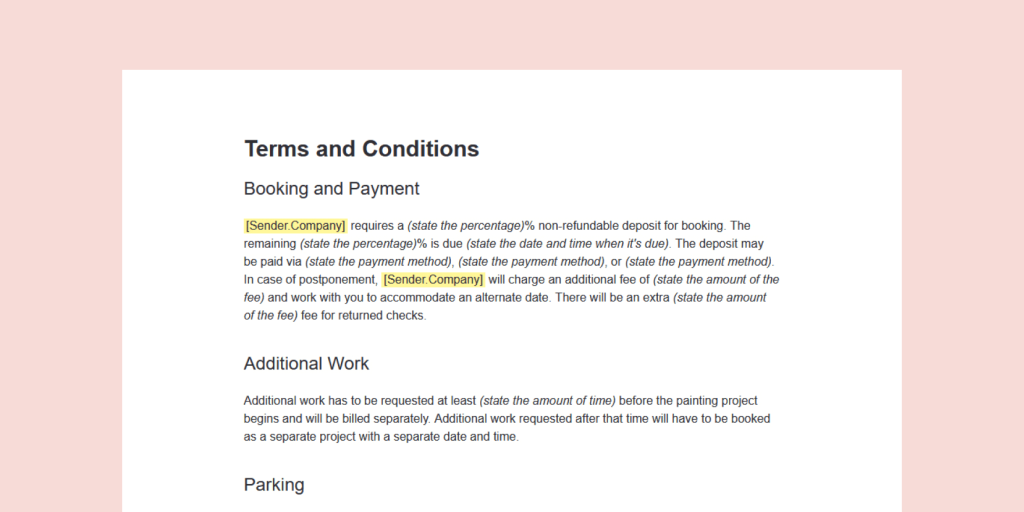
Such invoices are usually created when requesting advance payment, so as to remind the client what work conditions and payment terms have been set in place before they undertake the project.
Aside from helping out the accounts department, adding payment terms to your invoice has multiple benefits. Some of them being:
When you write payment terms, you can reinforce the expectations that were already stated in the contract or were based upon a verbal agreement.
Having these expectations written on paper (or digital record) serves as a reminder for both parties and helps deliver payment, fees, and late charges, all within the requested timeline.
Writing down payment terms helps clients process payments faster, which in turn, results in better cash flow for the billing party.
Once the cash starts rolling in, they know which resources to allocate the money toward.
Suppose you’re a new business owner who’s opened a bakery.
You’ve got everything set in place and ready to roll, but you’re relying on a payment from a client to buy a few pieces of equipment.
If that payment doesn’t arrive in time, you’d be looking at huge losses, such as money spent on rent and missing out on client orders.
So, to protect yourself from a hypothetical scenario like that becoming reality, it’s best to write out payment terms on the invoice, so that even if you’re paid late, you’re reimbursed in late fees.
Payment terms also tell your clients exactly what repercussions are in place if they fail to pay on time.
For example, you might charge them interest or a late fee. Or if they put in a cancellation request, you can request a kill fee.
Or, if clients don’t end up paying or if they cause consequential damage, you could be justified in taking them to court and have them pay attorney’s fees (it goes without saying, the repercussions need to be agreed upon in the contract or need to be in place with all applicable law).
Start creating stunning invoices with PandaDoc

Let’s be real: the corporate world is a world full of jargon.
Also real: to maintain professionalism, you need to know, or at least be familiar with, this jargon with respect to you getting paid.
So, let’s put our best professional foot forward and take a crash course on the popular payment terms and jargon you need to know about.
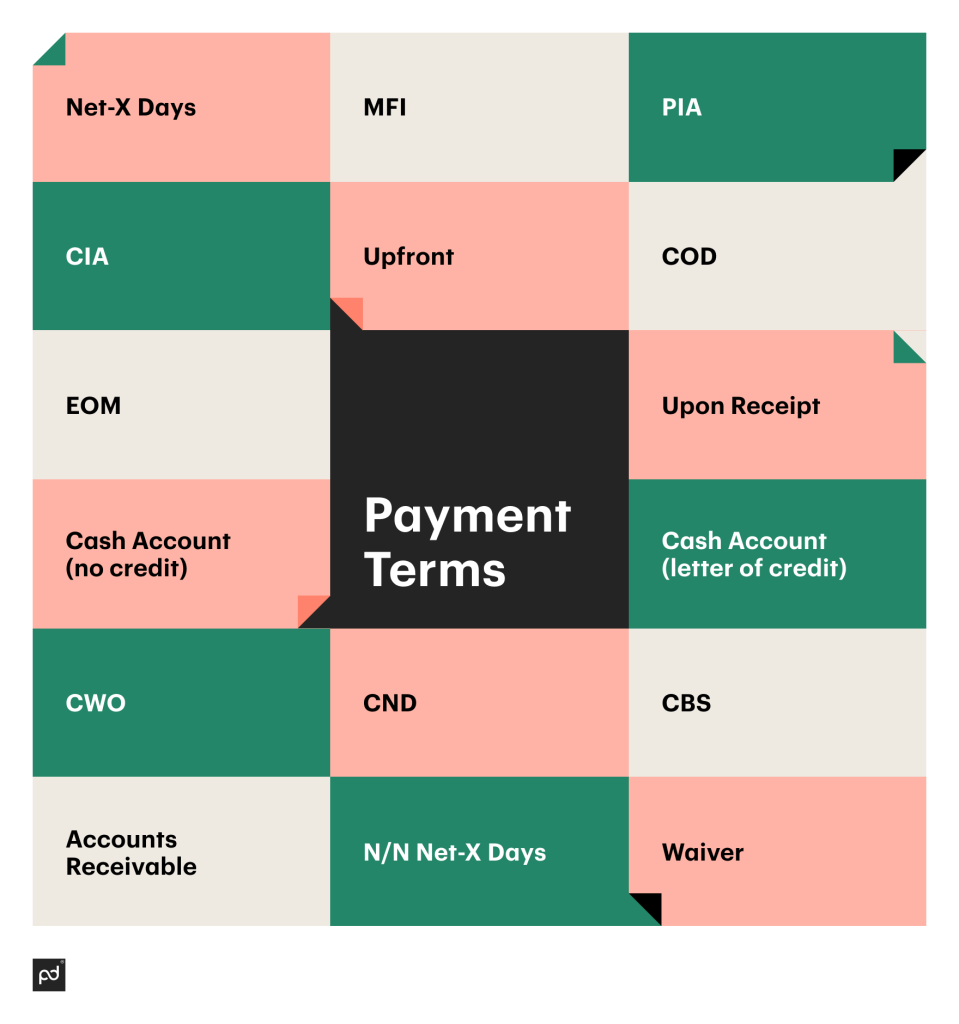
Now that we’ve covered the basics of invoice terms and conditions, let’s get to the important topic — examples (aka, the entire reason why you started reading this article).
While you can change your payment terms depending upon the project you undertake, the contract you have in place, and on a case-by-case basis, here are a few examples you can refer to:
You can use combinations and variations of these payment terms in whichever way best suits your business needs.
Also, in cases where you’re requesting advance payment and want to add multiple terms and conditions to backstop project expectations, you can write payment terms below the itemized list.
These terms and conditions can include details about the warranty, insurance, payment structure, liability, force majeure, working additions, payment for additional work, time tables for the work to be completed, and other such details.
Alternatively, you can also use PandaDoc’s template library to refer to a few more examples on how to write payment terms and conditions.
Here’s the thing: invoices by themselves are not legally binding.
But, if you accompany them with a contract, then yes, they can be binding.
So, to ensure that your invoices are paid on time, and that expectations and responsibilities are in alignment with both parties, it’s best to create a contract with an invoice.
You can include details like payment timelines, due dates, warranties, legal remedies, work conditions, project scope, responsibilities of both parties, and other such details.
In sum: sending contracts is the first step to getting paid.
You can refer to a few contract templates by PandaDoc to get a better understanding of how you should construct yours.
If you’re expecting clients to pay your invoices on time, it’s always best to extend the same courtesy and send those invoices on time.
Most businesses create invoices at the end of the month or once they finish certain project milestones, but you can discuss which timelines work best for your clients and send invoices accordingly.
There’s a slight difference (see if you can spot it) between “I ate, uncle John” and “I ate uncle John.”
But this difference means two widely different things (and may impact future family gatherings).
Instead of using words or sentence structure that might complicate things for you, it’s best to use a simple and straightforward language so your client knows exactly what you mean.
Before you send your client an invoice, make sure it doesn’t miss any important details.
For example, the invoice date, billing address, total amount, itemized list, project names, quantities, etc., so that there are no delays and back-and-forth, and you can get paid on time.
One way to ensure that you never miss out on any details is to keep ready-made templates and content libraries handy, which you can use at a moment’s notice.
To quickly create templates and content libraries, you can refer to our reserve by going to Resources > Templates > Invoices, or you can create them from scratch with the PandaDoc editor.
Creating invoices and populating them with payment terms serve one particular purpose — to get paid on time.
However, you may not have the time to create the formal invoices you need.
This is a common phenomenon with many small businesses and freelancers who don’t have a separate accounts department handling invoices for them.
However, what if we told you that you could spend less time creating invoices, see better productivity rates, use ready-made templates, and track invoices to see insights?
You’re in luck, because PandaDoc lets you do just that — you can decrease time spent creating invoices, improve close rates, increase productivity, use a library of templates, and track invoices.
To learn more about what PandaDoc has to offer, arrange a free call with our representatives — they’ll happily guide you through what PandaDoc can do for you and your business!
PandDoc is not a law firm, or a substitute for an attorney or law firm. This page is not intended to and does not provide legal advice. Should you have legal questions on the validity of e-signatures or digital signatures and the enforceability thereof, please consult with an attorney or law firm. Use of PandaDocs services are governed by our Terms of Use and Privacy Policy.
Josh Gillespie Director of Enterprise Sales at PandaDoc
Josh is the Director of Enterprise Sales at PandaDoc. When he's not closing large deals or working on complex SaaS implementations, you'll find him either on the basketball court or rocking the salsa dance floor with his wife.
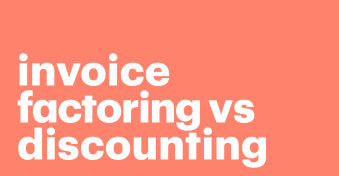
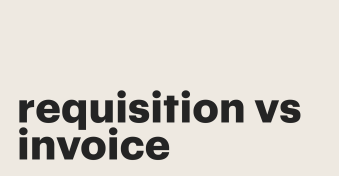
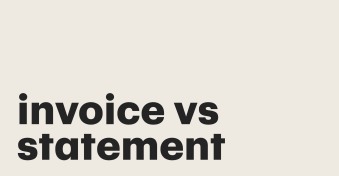
Subscribe to get our most-popular proposal eBook and more top revenue content to help you send docs faster.